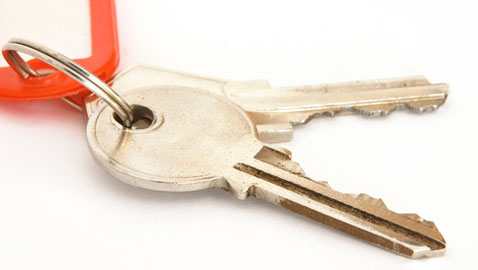
Over the last 15 years the total owner occupied housing stock has increased from 16.6 million to 17.7 million, but there has been relatively little change in the composition, according to latest research from the Nationwide Building Society.
8.2% of owner occupied properties in England are flats, a similar level to back in 1996. There has been a slight increase in the proportion of detached houses, from 21.5% to 23.8%, offset by a slight reduction in bungalows (11.4% in 1996, now 9.7%).
However, properties have been getting larger. Since 2001, the mean floor area has increased from 86.9m2 to 91.6m2. The table below shows the increases across different property types. The largest increase has been in detached houses, where the average floor area is 7% higher than in 2001.
| Average floor area (m2) | 2001 | 2010 |
|---|---|---|
| Flats | 58.6 | 58.1 |
| Terraced | 78.8 | 83.1 |
| Semi-Detached | 88.0 | 93.5 |
| Detached | 139.2 | 149.1 |
Extensions and loft conversions are also likely to have contributed. 26% of properties have been extended since their construction, while 5% have had a loft conversion. 16% of properties benefit from additional space through having a conservatory.
85% of owner-occupied properties in England have at least one spare bedroom. 49% are classified as being ‘under-occupied’, that is to say they have two or more spare bedrooms. In contrast, in the private rental sector, only 16% of properties are ‘under-occupied’.
Nearly half of all private homes now have a second toilet, up from 39% in 2001. 26% have a second bathroom.
The UK’s largest building society expects households to become increasingly conscious about their energy use. Energy efficiency within the housing stock has improved over the last 15 years.
Energy efficiency ratings for homes are gauged in terms of the A-G ratings, comparable to those used for domestic appliances, with A being the most efficient. Since 1996, the proportion of owner occupied property rated A-D has increased from 14% to 55%.
Increased use of insulation measures such as cavity wall insulation and double glazing, especially amongst newly built properties, have helped to improve energy efficiency. For example, since 1996, the proportion of dwellings with double glazing has increased from 30% to 76%.